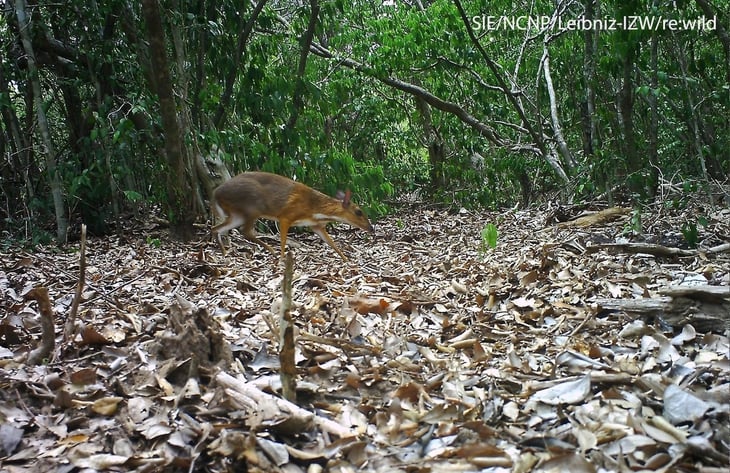
Camera trap captures silver-backed chevrotain in the wild - Photo: Southern Institute of Ecology
According to Circular 27/2025 of the Ministry of Agriculture and Environment regulating the management of endangered, precious and rare species (abbreviated as Circular 27/2025) effective from July 1, 2025, there are 116 animal species in group IB (strictly prohibited from exploiting and using specimens exploited from nature for commercial purposes) and 187 species in group IIB (restricted exploitation and use for commercial purposes).
Compared to Decree 84/2021 of the Government regulating the list of endangered, precious and rare forest species and animals (referred to as Circular 84/2021), Circular 27/2025 adds many new species to groups IB and IIB.
Species added to group IB include Vietnamese chevrotain (also known as silver-backed chevrotain, Tragulus versicolor), orange-breasted laughingthrush (Garrulax annamensis), yellow-breasted thrush (Emberiza aureola), greater grebe (also known as wolf stork, Leptoptilos dubius), roosevelt's muntjac (Muntiacus rooseveltorum), swimming ibis (Heliopais personata), and Burmese buzzard (Spilornis cheela).
Along with that are the Chinese white dolphin (Sousa chinensis), dugong (Dugong dugon), big-headed sea turtle (Caretta caretta), green turtle (Chelonia mydas), hawksbill turtle (Eretmochelys imbricata), green sea turtle (Lepidochelys olivacea) and leatherback turtle (Dermochelys coriacea).
According to the Vietnam Red Book (2023), Vietnamese mouse-deer, yellow-breasted bunting, large adult, Roosevelt's-billed ibis, and swimmerets are classified as critically endangered (CR), while orange-breasted babbler and green turtle are in endangered status (EN).
Previously, the Vietnamese mouse-deer was recorded in Khanh Hoa and Gia Lai. During the period 2017-2022, studies in the South Central Coast recorded only three populations in Khanh Hoa and Phu Yen provinces (old) and recent studies did not record this species in the Central Highlands provinces.
The species' habitat is fragmented, narrowed and degraded due to conversion of forest land to agricultural production and exploitation of forest products. This species is hunted to exhaustion for food. The population size is estimated to have decreased by over 80% in the past 20 years.
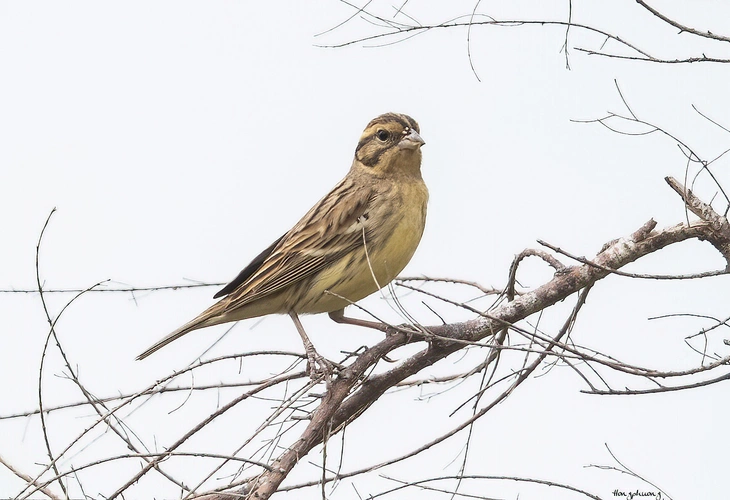
Yellow-breasted Bunting recorded in Bai Tu Long National Park, Quang Ninh province in May 2025 - Photo: PHAM HONG PHUONG
Although widely distributed from the North to the South, the Yellow-breasted Bunting's population is small and severely depleted due to habitat loss and degradation, as well as over-hunting for food and release. The estimated population size is less than 250 individuals, with the number of adults in each subpopulation being less than 50.
Large adult specimens have been recorded in the Central and Southern regions, with the most recent being one in Tram Chim National Park (Dong Thap province) in 2019. The population size is very small and declining due to habitat loss and degradation, with an estimated recorded population of less than 50 individuals.
The Roosevelt Muntjac is extremely rare, recently rediscovered in Vietnam, with a very narrow distribution area in the North Central region (Le et al. 2014). Its habitat has been reduced and degraded due to encroachment on forest land for agriculture and forest exploitation. This species is hunted for food in local areas. The population size is estimated to be less than 250 individuals and the number of adults in each subpopulation is estimated to be no more than 50.
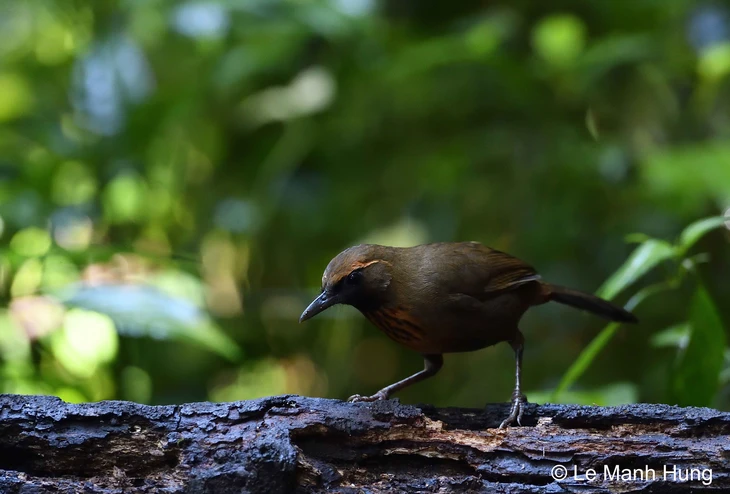
Orange-breasted laughingthrush - Photo: Vietnam Red Book
In Vietnam, only one individual was recorded in Yok Don National Park (Dak Lak province) in 2003. Since then, no further records have been made. It is possible that the habitat at the stopping points is no longer suitable, and the temporary habitat and feeding grounds of the species are affected by human activities. The estimated population size in Vietnam is less than 50 individuals.
The Orange-breasted Babbler is a resident bird with a narrow distribution range in the Da Lat plateau. The species has a small population size and is declining due to habitat loss and degradation as well as trapping for ornamental purposes. The estimated population size is less than 2,500 birds and the number of mature individuals in each subpopulation is not more than 250.
Green turtles are a species with a wide distribution in the world's major oceans, capable of long-distance migration, but their numbers have been severely reduced due to habitat and breeding grounds being encroached upon or polluted, ingesting plastic waste, and being hunted for ornamental purposes. It is estimated that the wild population has declined by more than 50% in the past 20 years. In particular, the green turtle population in the waters of Con Dao (HCMC) and Nui Chua (Khanh Hoa) may increase in number due to the conservation program for sea turtles and their breeding grounds.
Circular 27/2025 moves white pheasant (Lophura nycthemera) and flying fox (Galeopterus variegatus) from group IB to IIB (restricted exploitation and use for commercial purposes).
Source: https://tuoitre.vn/cheo-cheo-lung-bac-khuou-nguc-cam-vich-duoc-dua-vao-nhom-nguy-cap-quy-hiem-2025081601541725.htm




![[Photo] General Secretary To Lam attends the 8th Congress of the Central Public Security Party Committee](https://vphoto.vietnam.vn/thumb/1200x675/vietnam/resource/IMAGE/2025/10/4/79fadf490f674dc483794f2d955f6045)

![[Infographic] Notable numbers after 3 months of "reorganizing the country"](https://vphoto.vietnam.vn/thumb/1200x675/vietnam/resource/IMAGE/2025/10/4/ce8bb72c722348e09e942d04f0dd9729)

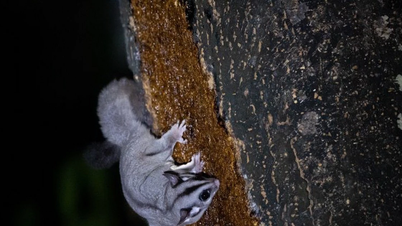






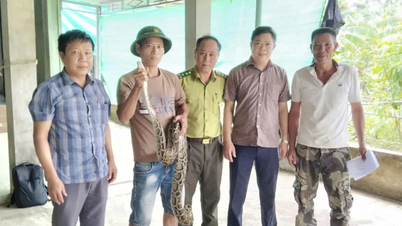
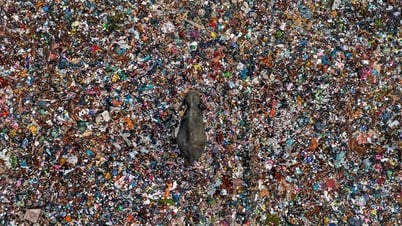















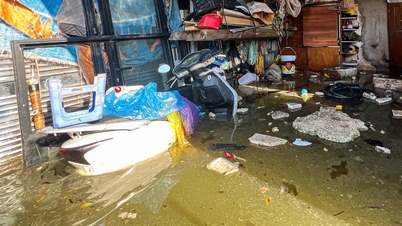



![[Photo] Students of Binh Minh Primary School enjoy the full moon festival, receiving the joys of childhood](https://vphoto.vietnam.vn/thumb/1200x675/vietnam/resource/IMAGE/2025/10/3/8cf8abef22fe4471be400a818912cb85)
![[Photo] Prime Minister Pham Minh Chinh chairs meeting to deploy overcoming consequences of storm No. 10](https://vphoto.vietnam.vn/thumb/1200x675/vietnam/resource/IMAGE/2025/10/3/544f420dcc844463898fcbef46247d16)


















































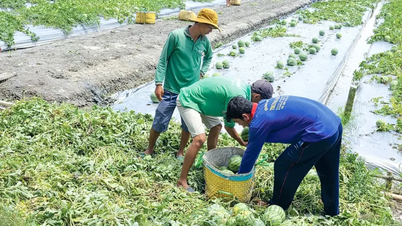

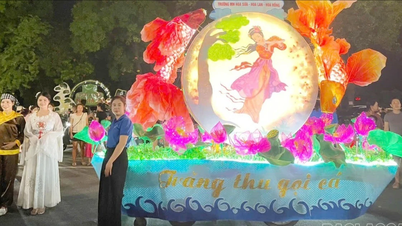

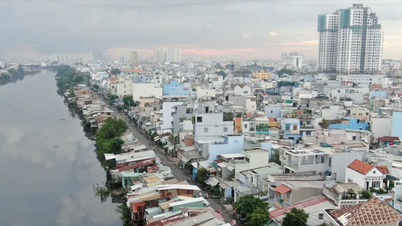














Comment (0)